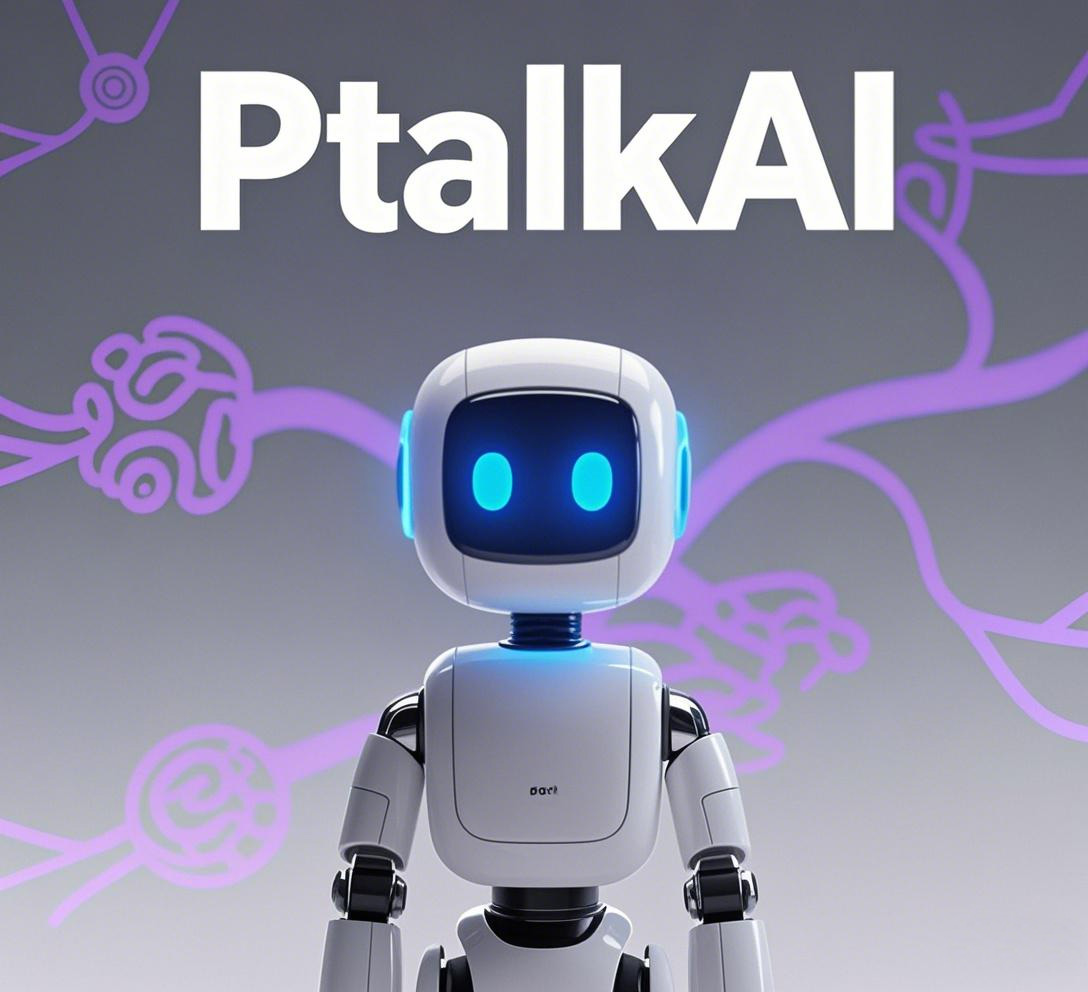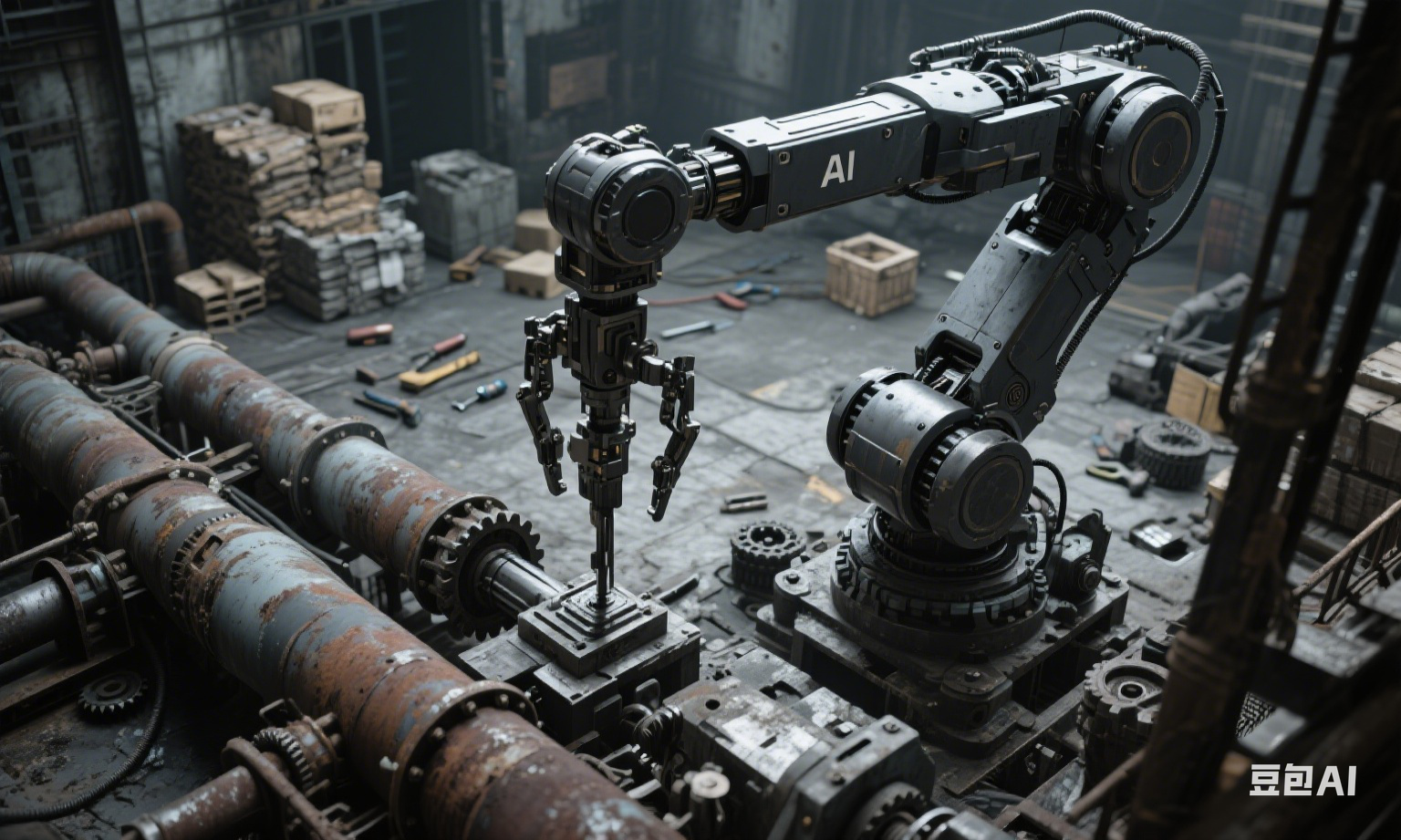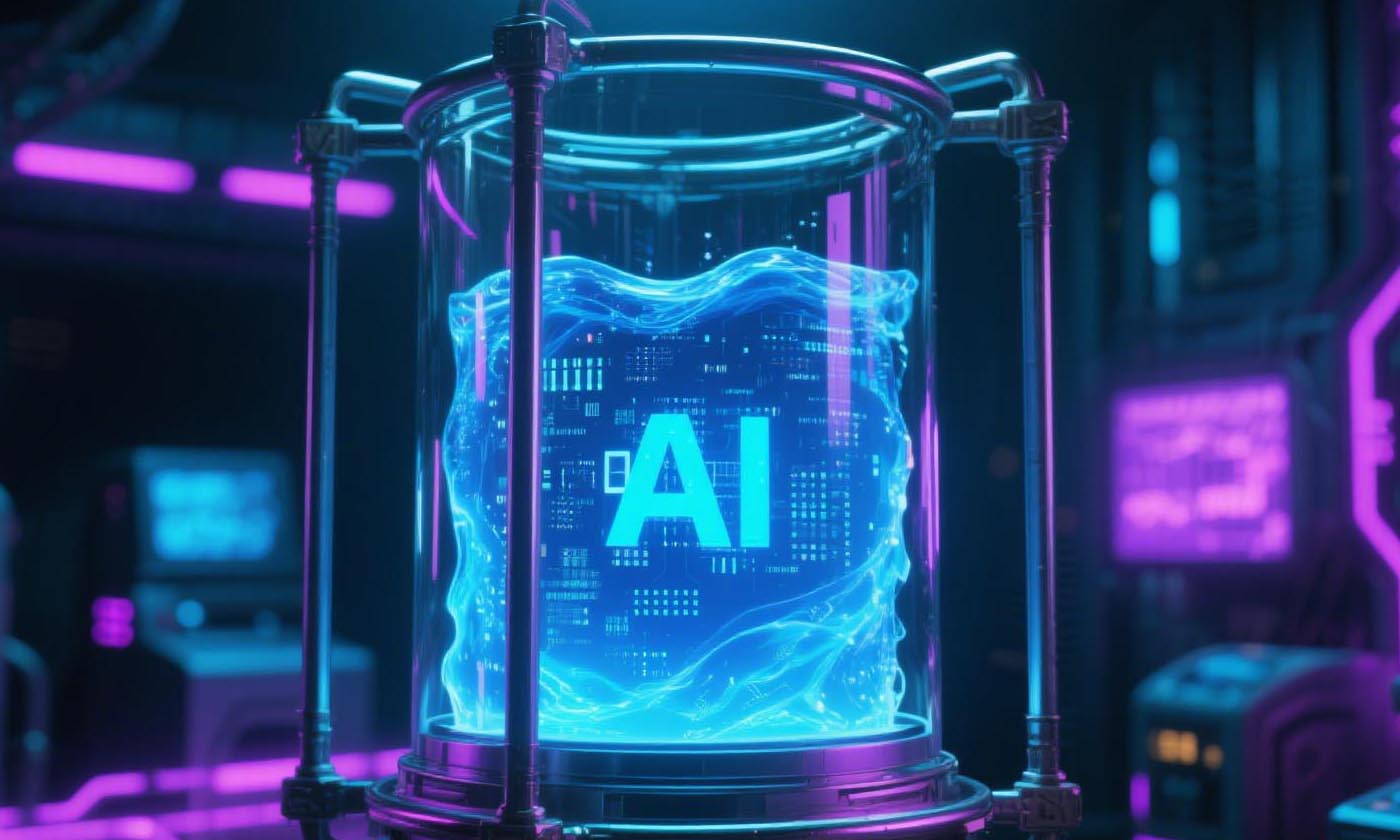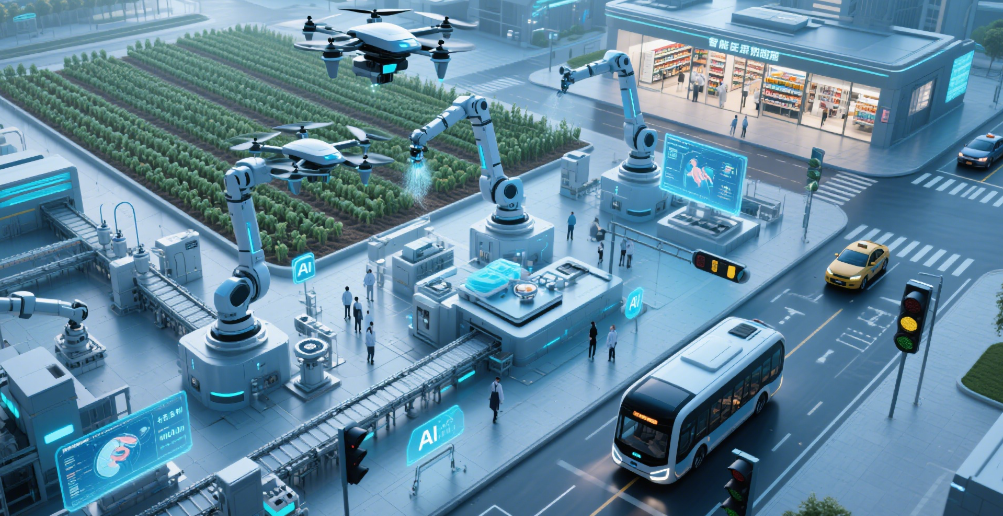AI Agents: Ushering in a New Era of Autonomous Decision-Making for Hardware
When mining excavators autonomously adjust their digging angles based on geological data, and surgical robots revise their operation trajectories in real time during blood vessel suturing—these scenarios mark the qualitative shift of hardware from "command execution" to "autonomous decision-making." Leveraging the technical system of "real-time decision chips + reinforcement learning algorithms + dynamic strategy platforms," Aoyuan Cloud Innovation's Ptalk AI is propelling traditional hardware, including industrial equipment, medical machinery, and transportation terminals, to break through programming limitations and establish a new paradigm of "hardware as decision-making entities" in intelligent mining, precision medicine, and smart transportation.
1. Real-Time Decision Core: Empowering Hardware with Autonomous Judgment
The decision-making latency of traditional hardware restricts its application in complex scenarios. Ptalk AI's technological breakthrough lies in creating an "edge-side decision-making brain":
-
Millisecond-Level Decision Chip: The 25mm×45mm ninth-generation module integrates a dedicated decision accelerator, maintaining a 99% data recognition accuracy rate in the vibration environment of mining blasting, with an ultra-fast 0.1-second response to support dynamic decision-making. With over 2,000 built-in industry decision models, excavators can independently complete ten safety checks and surgical robots can maintain basic path planning even without a network connection, completely resolving the bottleneck of cloud dependency.
-
Reinforcement Learning Decision Engine: The autonomous learning system based on spatio-temporal data networks supports scenario strategy iteration within 72 hours—automatically optimizing digging trajectories to reduce equipment wear in mining scenarios, training blood vessel suturing strategies through over 100,000 surgical cases in medical scenarios, and dynamically learning traffic flow patterns to adjust signal timing in transportation scenarios, increasing decision accuracy by 85%.
-
Low-Code Decision Upgrade: Universal Decide technology is compatible with 99% of industrial protocols, enabling enterprises to upgrade ordinary tower cranes into "intelligent decision terminals" within one week, reducing transformation costs by 75%. After its application in a coal mine, the equipment fault prediction accuracy rate reached 98%, and the mining efficiency increased by 40%.
2. Scenario Autonomy: The Evolution of Hardware from "Passive Execution" to "Active Decision-Making"
In key sectors, AI agents drive the leap in hardware decision-making capabilities:
-
Intelligent Mining: After embedding Ptalk modules, mining trucks become "autonomous transportation units"—laser radars scan road conditions in real time, and autonomous obstacle avoidance routes are planned based on cargo weight data. When encountering steep slopes, power output is automatically adjusted, and maintenance warnings are triggered immediately upon detecting abnormal tire wear, increasing transportation efficiency by 35% and reducing accident rates by 60%.
-
Precision Medicine: Minimally invasive surgical robots equipped with AI agents evolve from "doctor's assistants" to "collaborative decision-makers": real-time intraoperative imaging analyzes blood vessel directions, and the robotic arm's movement trajectory is autonomously fine-tuned (e.g., "decrease speed by 60% when 0.1mm away from the blood vessel wall"); surgical plans are dynamically optimized based on patients' vital signs data. After its application in a tertiary hospital, the time for complex surgeries was reduced by 25%, and postoperative complications decreased by 40%.
-
Smart Transportation: Road junction signal controllers are upgraded to "dynamic decision nodes." By fusing data from cameras and millimeter-wave radars, they autonomously judge traffic density and pedestrian crossing needs—extend green light durations during peak hours, and clear lanes within 500 meters when an ambulance is detected, increasing the traffic efficiency of urban main roads by 30% and shortening emergency response times by 70%.
3. Construction of the Decision-Making Ecosystem: From Single-Point Intelligence to Networked Collaboration
Ptalk AI promotes the evolution of hardware decision-making capabilities from independent operation to ecological collaboration through an open platform:
-
Zero-Code Decision Development Platform: Decision Maker 9.0 supports visual strategy orchestration, allowing engineers to define exclusive decision-making logic within three hours—mines can build "excavation-transportation collaborative decision networks," and hospitals can develop "perioperative risk decision systems," shortening the development cycle by 80%. The platform has deployed over 100,000 decision-making applications in total.
-
Cross-Device Decision Linkage: Federated learning technology is adopted to ensure that decision data is "usable but invisible." In mining scenarios, excavators and transporters share load data without disclosing core process parameters. Unified industry decision-making protocols are established to enable strategy interoperability between medical devices and monitoring systems, as well as between traffic signals and in-vehicle terminals, increasing decision-making collaboration efficiency by 90%.
-
Decision Quality Monitoring System: It monitors the stability of the decision-making chain in real time, intelligently diagnosing risks such as "mining equipment scheduling delays" and "surgical trajectory deviations," with a response time compressed to 5 seconds. The decision-making effectiveness evaluation model ensures that the resource utilization rate in mining scenarios exceeds 95%, and the critical decision accuracy rate in medical scenarios reaches 99.5%, guaranteeing the reliability of commercial applications.
Conclusion: Redefining the "Decision Boundaries" of Hardware
From mechanical executors with preset programs to decision-making entities with environmental perception and autonomous judgment capabilities; from single-task command responses to complex-scenario strategy optimization—Ptalk AI's practice reveals that the next tipping point in hardware intelligence lies in the popularization of "autonomous decision-making capabilities." When devices can dynamically adjust their behavior strategies based on real-time data, optimize decision quality through continuous learning, and collaborate with ecological partners to complete complex tasks, they evolve from "tool attributes" to "intelligent entities."
In the era of the accelerated implementation of Industry 4.0 and precision medicine, Ptalk AI is enabling every hardware device to become an "autonomous decision-making unit" through technological innovation and ecological empowerment. This is not only an upgrade of hardware functions but also a reconstruction of industrial logic—future hardware will no longer require full manual intervention but will be able to think and judge like human experts, assuming decision-making roles in their respective fields and providing underlying support for the efficient operation of intelligent societies.












